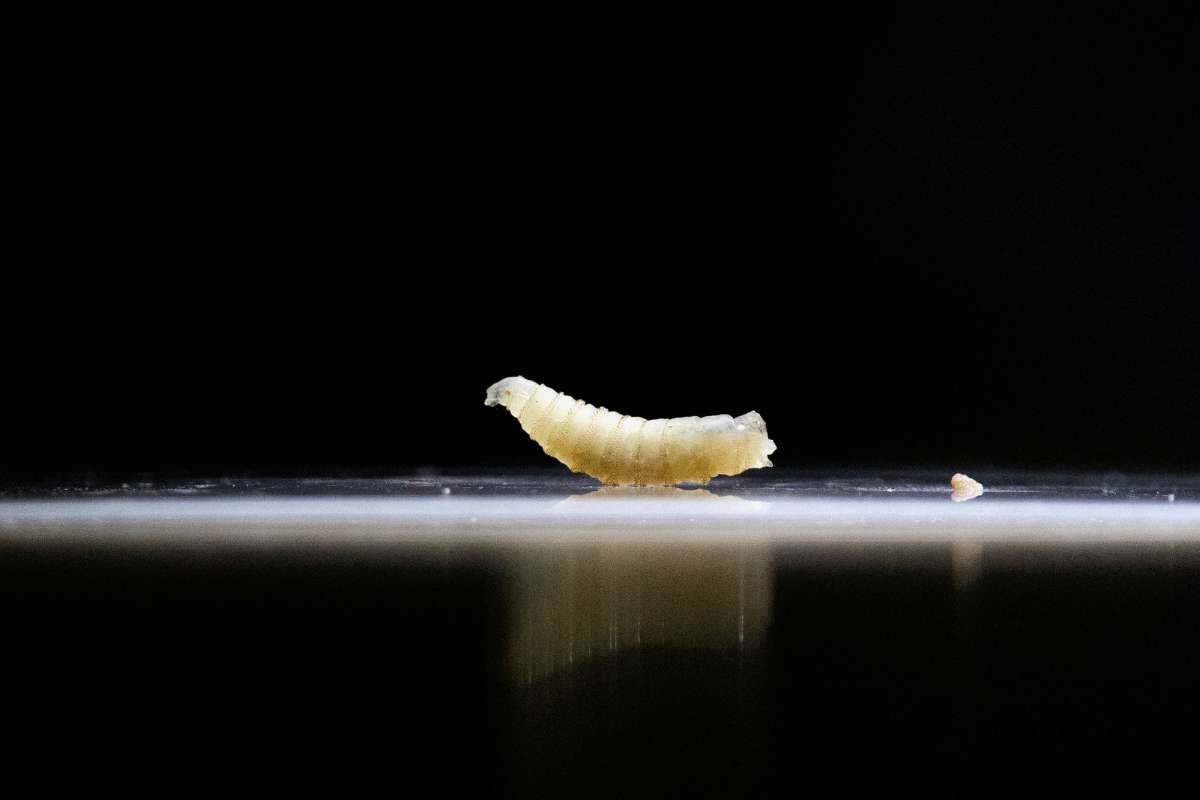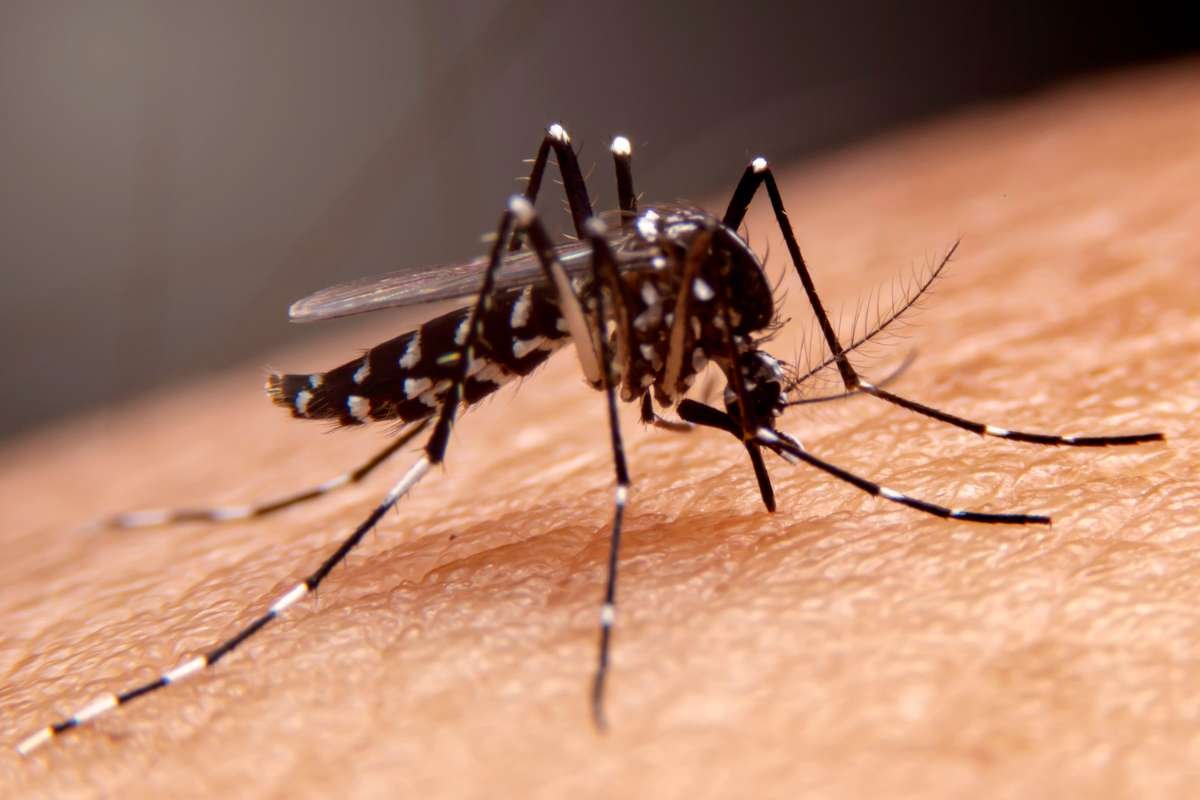Key Points:
- First U.S. human case of flesh-eating screwworm parasite confirmed in Maryland.
- Parasite poses a major threat to the cattle industry, with losses projected to be up to $1.8B in Texas.
- USDA to launch a sterile fly program to contain the outbreak.
A flesh-eating screwworm parasite has been detected in a person in the United States for the first time, raising alarm among health officials and livestock producers. The case, confirmed last week, involved a Maryland resident who had recently traveled from Guatemala, where the outbreak has been ongoing since late 2024.
The patient received treatment, and containment measures were immediately implemented, according to Maryland state authorities. The Centers for Disease Control and Prevention (CDC) and the Maryland Department of Health have not yet issued public comments on the incident.
The flesh-eating screwworm parasite, considered one of the most destructive livestock pests in history, is fatal if left untreated.
What Are Screwworm Parasites?
The screwworm fly, Cochliomyia hominivorax, lays eggs in the wounds of warm-blooded animals. Once hatched, hundreds of larvae burrow into living flesh, feeding on tissue and causing severe, often fatal damage. While humans are rarely infected, the parasite devastates cattle, wildlife, and other livestock.
Treatment requires painstaking removal of larvae and thorough disinfection of wounds. Survival is possible if addressed early, but delays can be deadly.
The U.S. previously eradicated the flesh-eating screwworm parasite in the 1960s using a sterile fly release program. However, an outbreak that began in Central America and southern Mexico last year has steadily advanced northward, sparking fears of economic and ecological consequences.
Economic Concerns for the U.S. Cattle Industry
The detection in a U.S. traveler comes at a time when cattle markets are already strained by record-high beef prices and tight supplies. Analysts warn that a widespread outbreak could devastate ranchers.
Texas, the nation’s largest cattle-producing state, could face an estimated $1.8 billion in losses from livestock deaths, treatment costs, and labor expenses if screwworm spreads unchecked. The United States imports over one million cattle annually from Mexico, further complicating containment.
To slow the parasite’s advance, the U.S. Department of Agriculture (USDA) has deployed traps and mounted patrols along the southern border. Critics argue, however, that the agency has not moved quickly enough to expand sterile fly production, the same strategy that proved successful more than five decades ago.
Sterile Fly Facility Announced
Just one week before the Maryland case was confirmed, U.S. Agriculture Secretary Brooke Rollins visited Texas to unveil plans for a new sterile fly production facility. The site will mass-produce sterilized male flies that, once released, will mate with wild females. Because sterile males cannot produce viable offspring, the wild population collapses over time.
Mexico has already begun constructing its own $51 million sterile fly facility as part of regional efforts to control the parasite. Experts estimate that up to 500 million sterile flies will need to be released weekly to push screwworms back into South America’s Darien Gap, the dense rainforest separating Panama and Colombia.
The U.S. cattle industry is watching developments closely, with the confirmed human case underscoring the urgency of containment efforts. While the Maryland patient is recovering, officials warn that ongoing vigilance and rapid response will be critical to preventing the flesh-eating screwworm parasite from gaining a foothold in U.S. livestock populations.
Visit The Lifesciences Magazine For The Most Recent Information.







